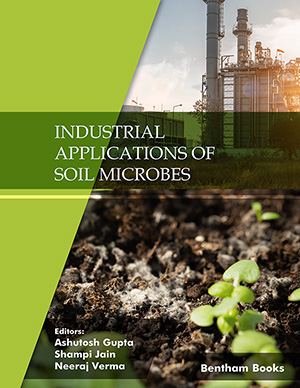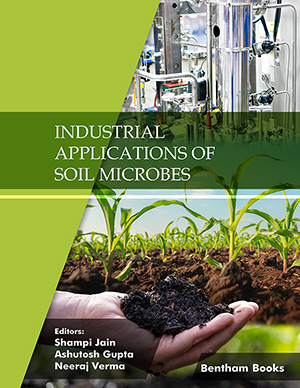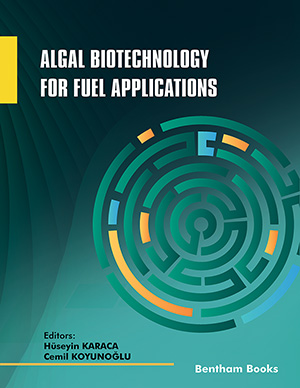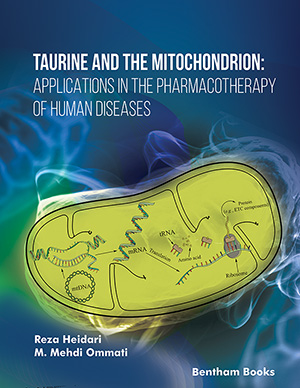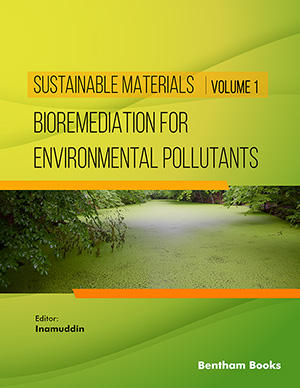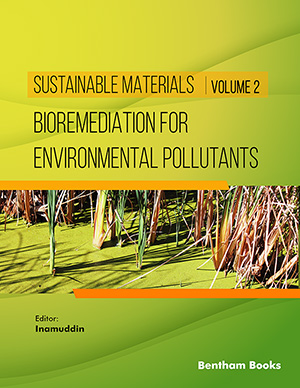Abstract
Groundnut or peanut (Arachis hypogaea L.), an annual legume, is an important oil, food, fodder and feed crop grown in more than 100 countries. Heat and drought stress, and their combination are important abiotic constraints of groundnut production in Asia and Africa, which together accounts over 90% of global groundnut area. An increase in mean air temperature of 2-3 °C is predicted to reduce groundnut yields in India by 23-36% as heat stress during critical stages affects the pod yield. Moreover, heat stress worsens the burden of moisture stress aggravating the pod yield losses. Although groundnut genotypes continue to produce photosynthates under heat stress, only tolerant genotypes possibly have coping mechanisms to partition photosynthates to pods. Understanding the physiological, biochemical, molecular and genetic mechanism of heat-stress tolerance in groundnut is useful to devise breeding strategies to improve adaptation to heat stress. Intense phenotyping of plants grown in the field and glasshouses distinguishes sensitive and tolerant genotypes for heat stress, and to study the associated physiological and morphological differences between such genotypes. This chapter elaborates on the effects of heat stress on different life stages in groundnut, mechanisms contributing to adaptation to heat stress and recent developments in phenotyping, genetics and genomic tools to improve adaptation to heat stress.
Keywords: Climate change, Genetics, Groundnut, Heat stress, Mapping, Phenotyping.













